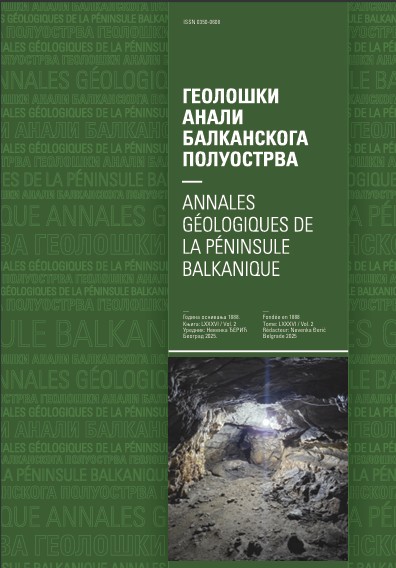Pleistocene horses (genus Equus) in the central Balkans
Abstract
A review of the fossil horses of the genus Equus from the central Balkans, a mountainous area comprising Serbia and Montenegro, is presented in this paper. The time period covered by the finds is from the late Early to and including the Late Pleistocene, but the record is not complete: the dated finds are Late Pleistocene in age, while Early and Middle Pleistocene are poorly represented. The horses found resemble those from neighbouring countries from the same time period, probably showing the importance of river valleys as migration routes. The Morava River valley runs in a roughly south-to-north direction, connecting, via the Danube and Tisa River valleys the Hungarian Pannonian Plain in the north with northern Greece in the south, via the Vardar River valley in Macedonia. In Pleistocene, large mammals, including horses, probably used this route for dispersal.
Copyright (c) 2004 Geološki anali Balkanskoga poluostrva

This work is licensed under a Creative Commons Attribution 4.0 International License.










